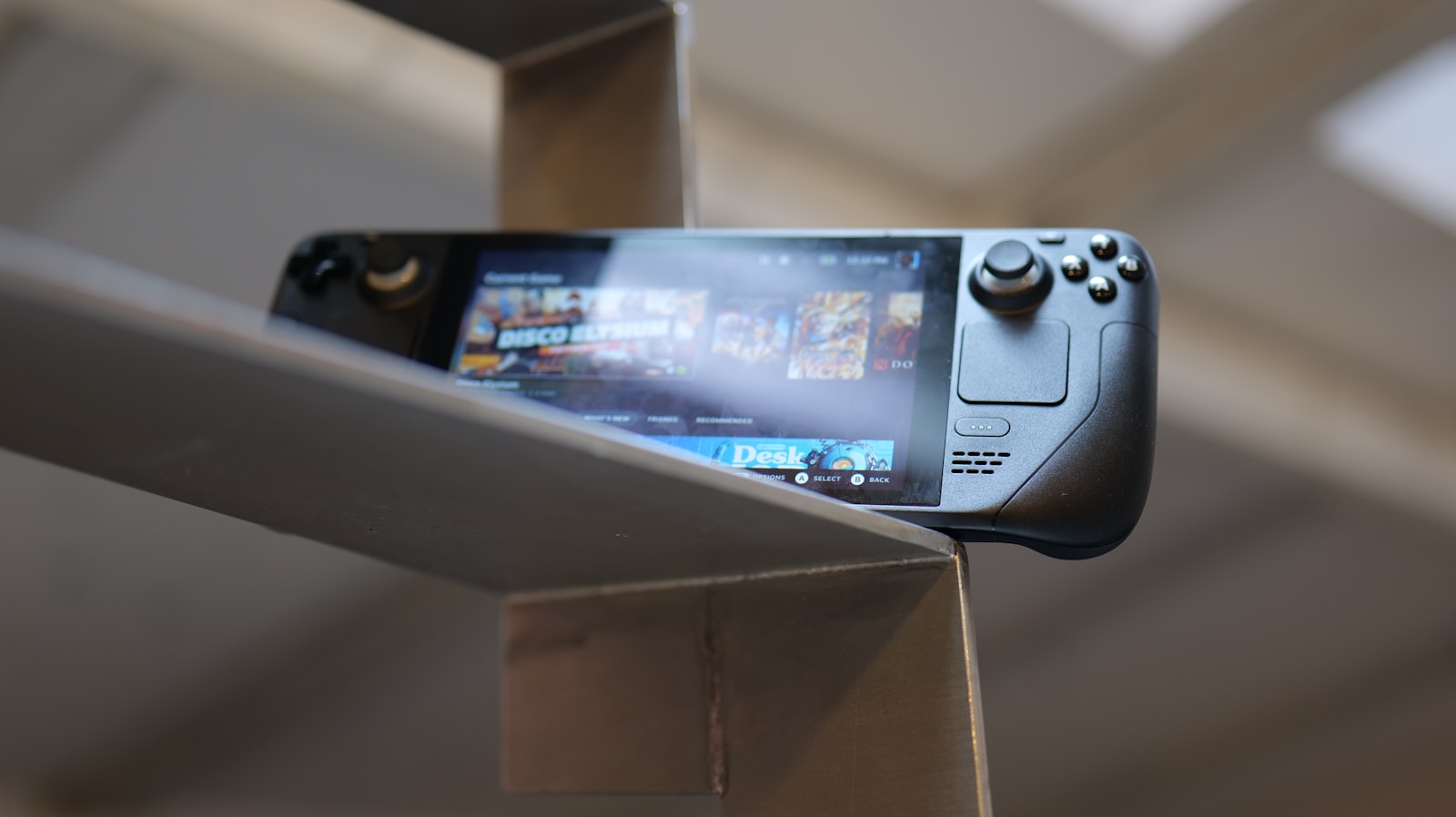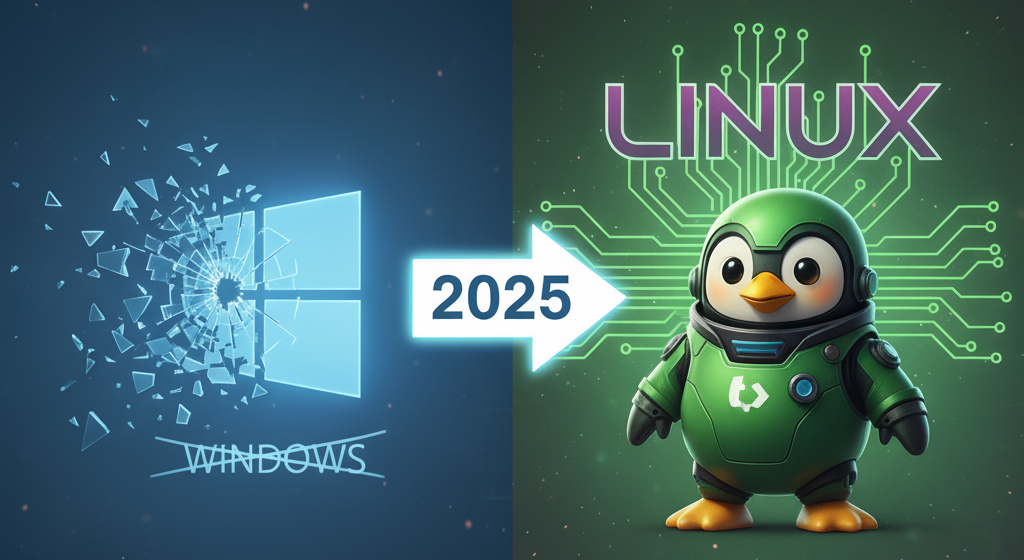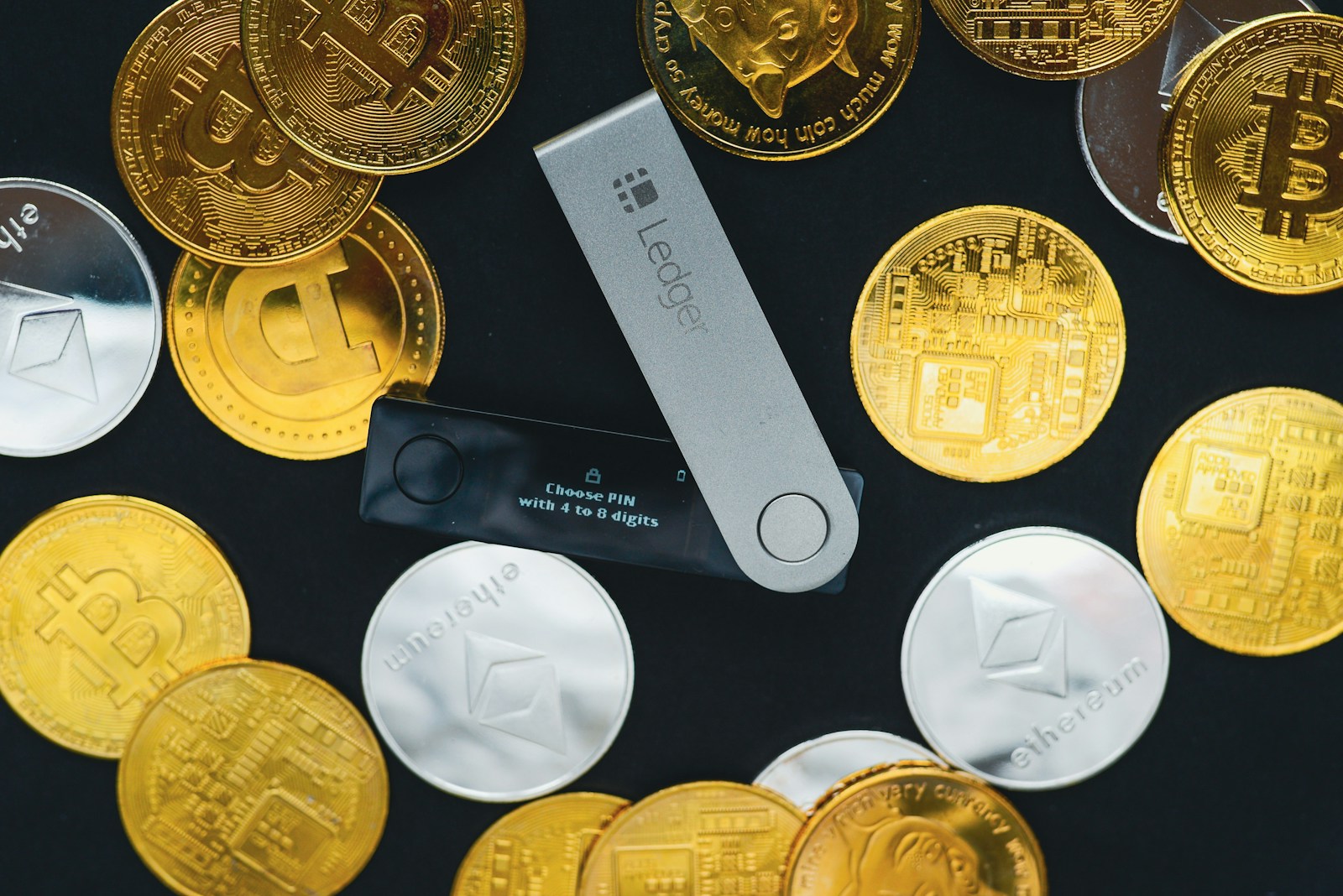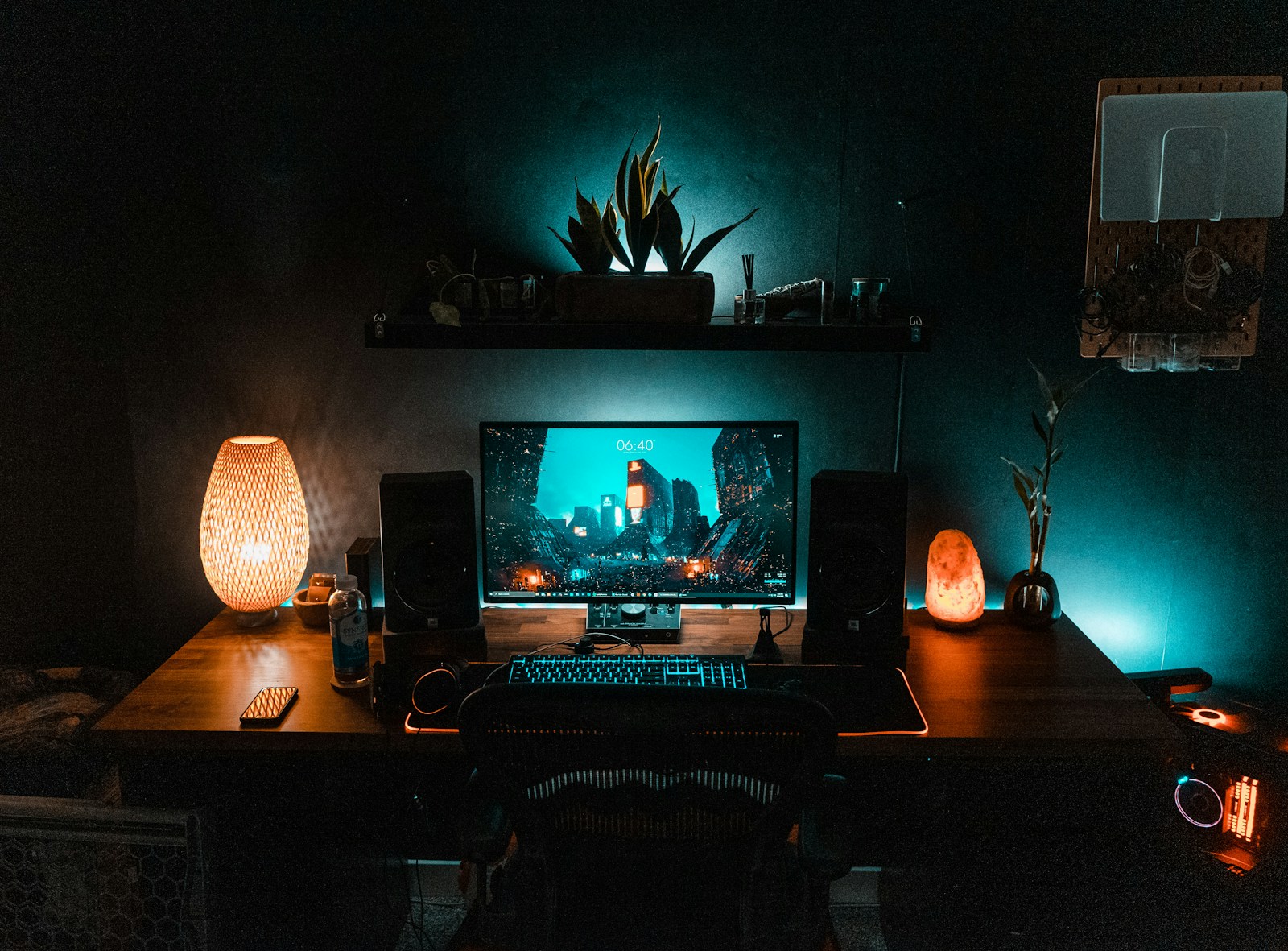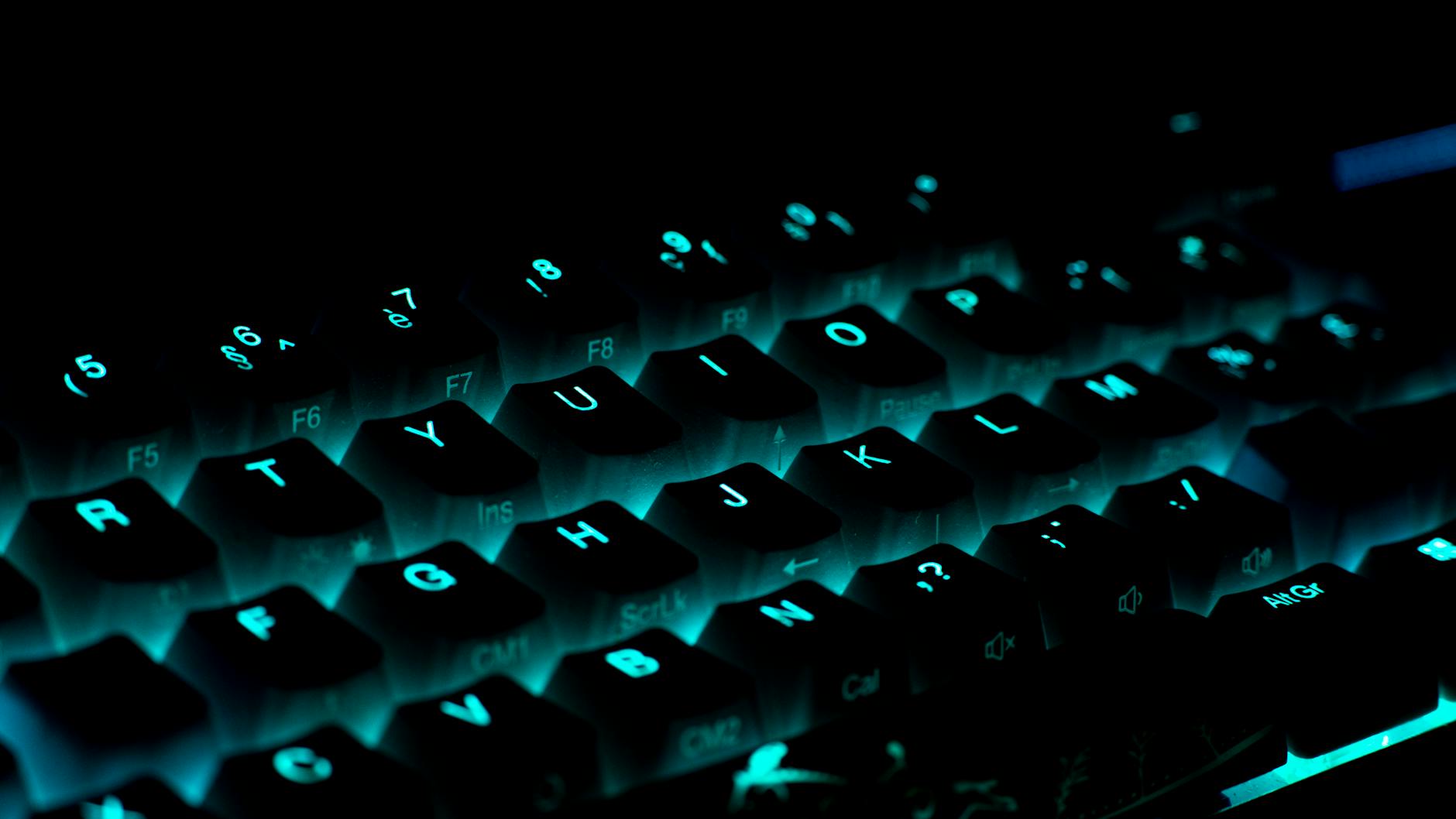You’ve just unboxed your shiny new retro handheld. The hardware feels solid, the screen is vibrant, and the buttons have that satisfying click. You power it on, ready to dive into a sea of nostalgia, but then… you hit a wall. The software it shipped with is a clunky, confusing mess. The menus are ugly, adding games is a nightmare, and you’re missing features you know the hardware is capable of. It’s a frustrating feeling, knowing your powerful little device is being held back by mediocre, factory-installed firmware.
You’ve seen the videos and forum posts—other people with the same device have beautiful, streamlined interfaces, instant game-swapping, and a universe of customization options. Their handhelds look and feel like premium consoles, while yours feels like a cheap toy. You’re missing out on the full potential of the hardware you paid for.
Let’s fix that, right now. Forget the stock experience. Today, we’re going to install Knulli, a powerful custom firmware that will completely transform your retro handheld. This guide is your one-stop shop for turning that device from a source of frustration into the pocket-sized retro gaming powerhouse it was always meant to be. We’re not just changing the software; we’re unlocking the soul of the machine.
What is Knulli? (And How is it Different from Batocera?)
Before we roll up our sleeves and start flashing SD cards, it’s critical to understand what Knulli firmware is and where it fits into the broader retro gaming ecosystem. You’ve likely heard of Batocera, the titan of open-source retro gaming operating systems. Think of Batocera as the “mainline” project—a massive, community-driven effort to create a universal, polished emulation platform.
So, what is Knulli? Knulli is a specialized fork of Batocera. In the open-source world, a fork is created when developers take the source code of a project and start developing it in a separate direction. Knulli’s direction is laser-focused on providing optimized, rock-solid support for a specific, curated list of handheld devices.
Here’s a simple analogy: Think of Batocera as the standard engine design for a high-performance car. It’s powerful and versatile. The Knulli OS, however, is that same engine, but it’s been custom-tuned by a specialist mechanic to fit perfectly into the chassis of a very specific car model, accounting for its unique weight distribution, electronics, and quirks. This custom tuning squeezes out every last drop of performance.
This is the core of the Knulli vs Batocera distinction. The main Batocera project can’t always support brand-new devices immediately, especially those that use closed-source components or non-standard hardware configurations. The Knulli development team steps in to bridge that gap. They work directly with the hardware, writing custom drivers and patches to make everything—from the Wi-Fi chip to the RGB LEDs—work flawlessly. This makes Knulli CFW the definitive choice for its supported devices.
Why Upgrade? Knulli vs. Stock OS
If you’re coming from the stock firmware that shipped with your Anbernic or TrimUI device, the difference is night and day. I’ve handled dozens of these devices, and the first thing I do, without fail, is replace the cheap, no-name SD card and the clunky stock OS. It’s the single most impactful upgrade you can make.
Here’s a breakdown of the tangible benefits you get by switching to Knulli:
| Feature | Stock Operating System | Knulli Firmware |
|---|---|---|
| User Interface | Often a basic, ugly, and confusing grid of emulators. Lacks polish and customization. | Powered by the gorgeous and highly customizable EmulationStation. A beautiful, console-like experience with themes, video previews, and game metadata. |
| Game Management | Requires specific folder structures, often on a hard-to-access partition. Adding games can be a chore. | Uses an exFAT `SHARE` partition, which is easily readable on Windows, Mac, and Linux. Simply drag and drop your game files into organized folders. |
| Key Features | Barebones. You can launch games, and that’s about it. | Packed with modern features: Knulli Quick Resume to instantly jump back into a game, built-in game scraper, robust Wi-Fi and Bluetooth management, and system-wide hotkeys. |
| Updates | Almost never updated. You’re stuck with the firmware it shipped with, bugs and all. | Features a built-in Knulli OTA update (Over-the-Air) system. When a new version is released, you can update directly from the device over Wi-Fi. No more re-flashing! |
| Performance | Often uses outdated and unoptimized emulators and drivers, leading to subpar performance. | Uses up-to-date emulators and device-specific performance tuning to ensure you get the best possible framerates and compatibility. |
| Community | Virtually non-existent. If you have a problem, you’re on your own. | Backed by a passionate community of developers and users on platforms like Discord, providing excellent support and a constant stream of new themes and features. |
The bottom line is this: running your handheld on its stock OS is like driving a sports car that’s stuck in first gear. Knulli unlocks all the other gears, giving you the power and polished experience you expected when you bought the device.
Knulli Supported Devices
Before you get too excited, let’s make sure your device is on the list. Knulli is not a universal OS; it’s meticulously tailored for specific hardware. Attempting to install it on an unsupported device will not work.
Here is a list of the currently supported devices. Always double-check the official Knulli GitHub page for the most up-to-date compatibility list.
| Device Name | Device Family | Notes |
|---|---|---|
| Anbernic RG35XX Plus | RGXX | One of the most popular devices for Knulli. |
| Anbernic RG35XX H | RGXX | Fully supported, including analog sticks. |
| Anbernic RG35XX SP | RGXX | Excellent support for this clamshell model. |
| TrimUI Smart Pro | TrimUI | Transforms this device into a top-tier performer. |
If your device is listed above—like the Knulli Anbernic RG35XX series or the Knulli TrimUI Smart Pro—you’re in the right place. Let’s get to the fun part.
Step-by-Step Installation Guide
Alright, it’s time to perform the transplant. This process is straightforward, but it requires you to follow the steps precisely. Read through this entire Knulli setup guide once before you begin. Don’t worry, I’ll walk you through everything.
Prerequisites: What You’ll Need
- A Supported Handheld: One of the devices listed in the table above.
- A High-Quality MicroSD Card: This is non-negotiable. Do not use the cheap, unbranded card that came with your device. It will fail. Get a new card (at least 32GB, 128GB is a great sweet spot) from a reputable brand like SanDisk or Samsung.
- A Computer with an SD Card Reader: Any modern Windows, Mac, or Linux machine will do.
- Firmware Flashing Software: I strongly recommend Raspberry Pi Imager. It’s simple, safe, and works on all major operating systems. You can also use tools like BalenaEtcher or Rufus, but my instructions will focus on the Pi Imager.
- The Knulli Firmware Image: The specific software file for your device.
- Your Game Library: You must legally own the games (ROMs) you intend to play. We are only providing the operating system, not the games themselves.
Step 1: Download the Correct Knulli Image
First, we need to grab the firmware. The only safe place for a Knulli download is the official GitHub releases page. Avoid any third-party websites offering the files.
- Navigate to the Knulli GitHub releases page.
- Find the latest release (it will be at the top).
- Look through the “Assets” section for the image file that matches your device. The naming convention is very clear. For example:
- For the Anbernic RG35XX Plus, you’d look for a file like
knulli-rg35xx-plus-v1.X.X.img.gz. - For the TrimUI Smart Pro, it would be
knulli-trimui-smart-pro-v1.X.X.img.gz.
- For the Anbernic RG35XX Plus, you’d look for a file like
- Download the
.img.gzfile to your computer. It’s a compressed file, but you do not need to extract it. Our flashing tool will handle that automatically.
Step 2: Flash the Knulli Firmware to Your SD Card
This is the most critical step. Here, we’ll write the Knulli OS onto your new microSD card. This will erase everything on the card, so double-check that you’re using the correct one!
- Insert your new microSD card into your computer’s card reader. Ignore any prompts from your operating system to format it.
- Open Raspberry Pi Imager. If you don’t have it, download it from the official Raspberry Pi website. It’s free.
- In the Raspberry Pi Imager window, click the “CHOOSE OS” button.
- Select “Use custom” from the bottom of the list and navigate to the
.img.gzfile you downloaded in the previous step. - Next, click the “CHOOSE STORAGE” button. Carefully select your microSD card from the list. Triple-check that you’ve selected the correct drive! Choosing the wrong one could erase your main hard drive.
- Finally, click the “WRITE” button. It will give you a final warning that all data on the selected drive will be erased. Confirm that you want to proceed.
The imager will now write the firmware to the card and then verify it. This process can take anywhere from 5 to 20 minutes, depending on the speed of your card and reader. Just let it run. Once it’s complete, you’ll see a success message. You can now safely eject the card from your computer.
Step 3: First Boot and Partition Expansion
You’ve done the hard part. Now for the magic.
- Take the newly flashed microSD card and insert it into your handheld device (while it’s powered off).
- Power on your device.
- Be patient. The very first boot takes longer than usual. Knulli needs to perform a critical one-time setup process where it automatically expands the main storage partition to use all the available space on your SD card. This can take a few minutes. You’ll see some text on the screen, and then it will boot into the EmulationStation interface.
Do not, under any circumstances, power off the device during this first boot. Just let it do its thing. Once you see the welcome screen, you have successfully installed Knulli!
First Boot and Essential Configuration
Welcome to your new and improved handheld! The first time you boot, you’ll be greeted by the EmulationStation interface. Let’s get the essentials configured so you can start playing.
Wi-Fi Setup
One of the best features of Knulli is its excellent connectivity. Let’s get online to enable updates and game scraping.
- Press the Start button on your device to open the Main Menu.
- Navigate to “NETWORK SETTINGS” and press A.
- Make sure “ENABLE WIFI” is turned ON.
- Select “WIFI SSID” and choose your home network from the list.
- Select “WIFI KEY” and use the on-screen keyboard to enter your password.
- Back out of the menu, and you should see the status change to “CONNECTED” at the top. That’s it! Your Knulli wifi setup is complete.
Bluetooth Setup
If you want to use an external controller, pairing it is just as easy.
- Put your Bluetooth controller into pairing mode.
- On your handheld, press Start to open the Main Menu.
- Go to “CONTROLLER & BLUETOOTH SETTINGS”.
- Select “PAIR A BLUETOOTH DEVICE”.
- Knulli will scan for devices. Select your controller from the list to pair it. Once paired, you’ll be prompted to configure its buttons.
Mastering Knulli’s Features
You’ve got the OS installed and configured. Now let’s explore the powerful features that make this firmware so special.
How to Add Games to Knulli
This is where Knulli’s brilliance shines. Forget complicated file transfers. The process to knulli add games is incredibly simple.
- Properly shut down your handheld from the Main Menu (QUIT > SHUTDOWN SYSTEM).
- Eject the microSD card and insert it into your computer.
- Your computer will now see a large, accessible partition labeled `SHARE`. Open it.
- Inside the `SHARE` partition, you’ll find a folder named `roms`.
- Inside the `roms` folder are subfolders for every supported console (e.g., `snes`, `gbc`, `psx`). Simply drag and drop your legally-owned game files into the corresponding system folder. For example, your Super Nintendo games go into the `snes` folder.
- Once you’re done copying files, safely eject the card, put it back in your handheld, and power it on. Knulli will automatically see the new games and add them to your library.
Scraping and Themes: Make It Your Own
A list of filenames is boring. Let’s make your library look amazing.
- Scraping: This process downloads game information, box art, and video previews. With your Wi-Fi connected, go to the Main Menu > “SCRAPER”. You can leave the settings as default and just hit “SCRAPE NOW”. It will go through your library and download all that beautiful metadata.
- Knulli Themes: Don’t like the default look? Go to the Main Menu > “UPDATES & DOWNLOADS” > “THEMES”. Here you can browse and install dozens of community-made themes to completely change the look and feel of your interface. A popular one to check out is Knulli Gladiator II.
Advanced Features: Quick Resume and OTA Updates
- Knulli Quick Resume: This is a killer feature. While in a game, you can press a hotkey combination (usually SELECT + R2 or L2, check your device’s hotkeys) to instantly save the game’s state and exit. When you launch that game again, it will pick up exactly where you left off, skipping all boot screens and menus. It’s as seamless as on a modern console.
- Knulli OTA Update: No more re-flashing! When the developers release a new version, you can go to the Main Menu > “UPDATES & DOWNLOADS” and check for an update. If one is available, you can download and install it directly on the device. It’s that easy.
Troubleshooting Common Issues
Even with a smooth process, you might hit a snag. Here are a few common problems and their solutions.
- Issue: My device won’t boot after flashing (stuck on a black screen or boot logo).
- Cause: This is almost always one of three things: a bad flash, a faulty SD card, or the wrong firmware image for your device.
- Solution: Re-download the firmware image to ensure it wasn’t corrupted. Try flashing it again using Raspberry Pi Imager. If it still fails, the most likely culprit is your SD card. Try a different, high-quality card.
- Issue: I can’t see the `SHARE` partition on my Windows PC after adding games.
- Cause: Sometimes Windows can get confused after the first boot and partition expansion.
- Solution: The easiest way is to access your files over the network. As long as your handheld is on the same Wi-Fi network as your PC, you can open File Explorer on Windows and type `\\knulli` into the address bar. This will give you network access to the `SHARE` folder so you can add games without ever removing the SD card.
- Issue: A specific game won’t run or has graphical glitches.
- Cause: Emulation isn’t perfect. It could be a bad ROM file or the default emulator for that system has a compatibility issue with that specific game.
- Solution: First, try a different copy of the game ROM from a trusted source. If it still fails, you can change the emulator core for that specific game. Highlight the game, hold the A button to open the advanced options menu, and navigate to the “Emulator” setting to try a different core.
Key Takeaways and Next Steps
Congratulations! You’ve successfully installed Knulli and have fundamentally transformed your retro handheld. You’ve replaced a restrictive and clunky stock OS with a powerful, beautiful, and endlessly customizable platform. You now have access to a superior user interface, modern features like Quick Resume and OTA updates, and a straightforward way to manage your game library.
You have unlocked the true potential of your hardware. This isn’t just about playing old games; it’s about curating a perfect, personalized, and portable museum of your favorite gaming memories. The device in your hands is no longer just a gadget; it’s a finely-tuned instrument for nostalgia, powered by the best open-source software the community has to offer.
So where do you go from here? Dive into the theme downloader and find a look that speaks to you. Explore the advanced retroarch settings to set up custom shaders and bezels. Most importantly, join the community. Find the Knulli Discord or forums to share your setup, ask questions, and thank the developers for their incredible work.
Now go play some games. You’ve earned it.


